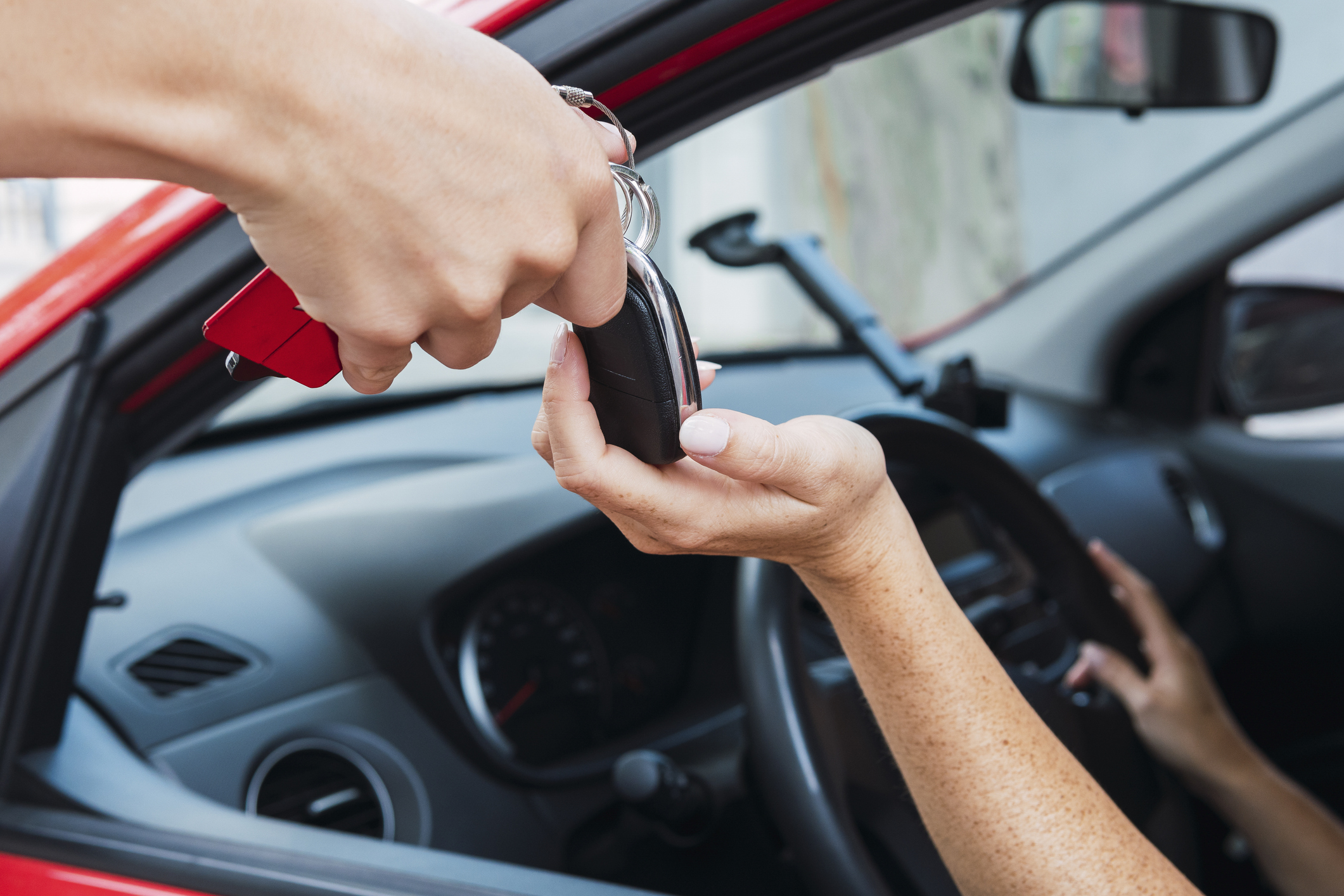A wireless charging pad is now the most-desired in-car feature among people intending to buy a new vehicle. Being able to forget about a USB cable and still not run down one's battery topped the list of 163 features that AutoPacific asked about in its annual survey on future demand. Almost 15,000 people intending to buy a new car within the next three years replied to the survey, with 44 percent ticking the box for wireless charging for the front passengers.
This market research data is rather illuminating; as we test new cars, they're increasingly equipped with features or gadgets that don't seem exactly necessary—an extra infotainment screen for the front seat passenger, for example, or remote parking via a smartphone app. Sometimes, the features are even mandatory—several luxury brands won't let you order certain cars without a glass moonroof.
These decisions are justified by product planners as responding to customer demand, so it's helpful to see one of the sources that feeds into that.
In joint second place were a second wireless charging pad for the back seats and heated and ventilated seats. These were each picked by 37 percent, narrowly beating out rain-sensing windscreen wipers (36 percent).
The aforementioned moonroof (or sunroof) shared fifth place (35 percent) with having the ability to store more than one driver profile. Interestingly, this feature has grown in popularity over the years, rising from 19th-most requested in 2022 up to 10th-most in 2023. More and more automakers are moving to Android Automotive OS, which uses Google accounts to bring a driver's digital life seamlessly into their vehicle; others are building their own solutions on private clouds, but either way, it's increasingly becoming built into every new car we test. (It's probably time I created a Google account to test out those features on AAOS cars going forward, too.)
Seventh on the list is a feature that requires a car to be electrified—it's a household 110 V socket (34 percent). Ford's much in-demand Maverick hybrid pickup—now in AWD, too—is a good example, with some EVs offering enough onboard juice to run a little outdoor office or movie theater.
I'm not sure I can remember seeing rear sunshades in a car—I probably wasn't looking—but a third of survey respondents wanted them in their next vehicle. Only 32 percent showed interest in rear-cross traffic alert with automatic emergency braking.
I'm surprised this safety tech didn't rate higher—its value is easily proven when reversing in a crowded parking lot when the spaces on either side of your car are occupied by gargantuan SUVs and pickups. Perhaps the other two-thirds only ever reverse into parking spaces? That's certainly safer and much easier to do now that backup cameras have been legally required for the past few years.
Who wants hands-free?
Finally, 31 percent of the people who replied to AutoPacific also said that a built-in air compressor would be on their list, too. Notably, hands-free driving tech like Super Cruise or Autopilot did not crack the top 10.
But perhaps first place should really have gone to unresponsive driver detection. AutoPacific says that this idea was represented by two different options: a system that stops the car in its lane and a system that pulls the car over to the shoulder in the event of an unresponsive driver. When combined (45 percent), the demand for these two features edged out the demand seen in 2023 (43 percent) for a less well-defined unresponsive driver system.



3175x175(CURRENT).thumb.jpg.b05acc060982b36f5891ba728e6d953c.jpg)

Recommended Comments
There are no comments to display.
Join the conversation
You can post now and register later. If you have an account, sign in now to post with your account.
Note: Your post will require moderator approval before it will be visible.